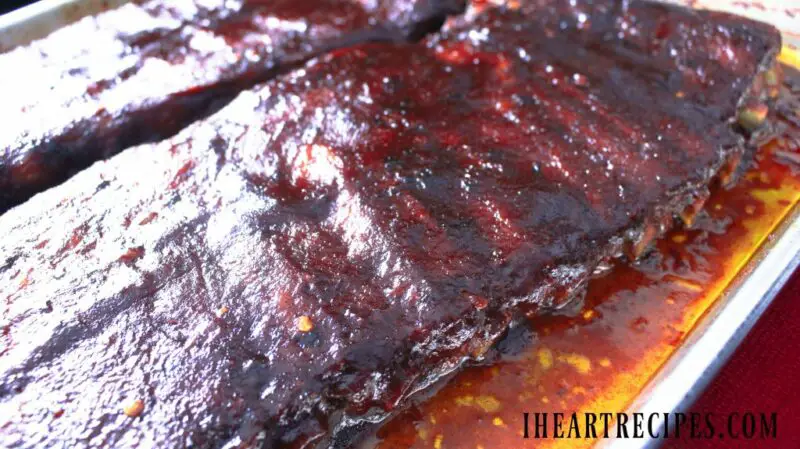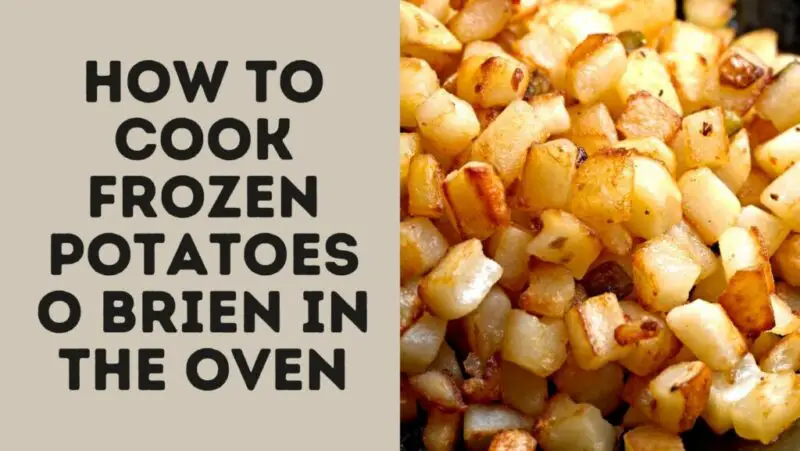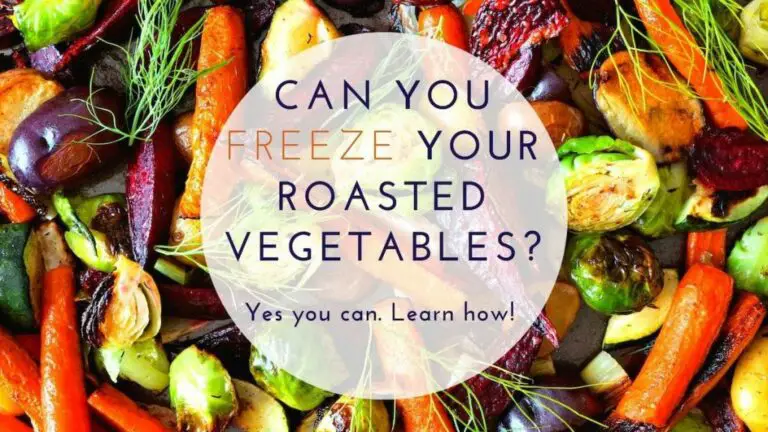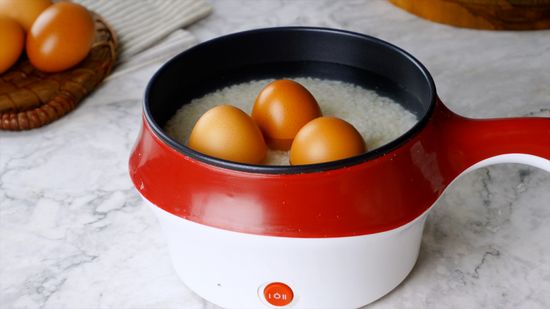Potatoes have long been a staple in many cuisines, and one question that often arises is whether potatoes weigh less when boiled. According to Cook for Love’s Brenda Winiarski, cooking a vegetable can cause it to either gain or lose weight, depending on factors such as cooking time, temperature, and the size of the food. Boiling potatoes can cause them to absorb more liquid, making them heavier. However, the weight loss that occurs due to water loss during boiling can affect the overall weight of the potato. Baked potatoes, for example, can lose up to 25% of their weight when cooked at 375 degrees. Fried potato chips can lose as much as 61% of their weight, while French fries lose around 45%. These variations in weight can impact the mg/g (milligrams per gram) of phenylalanine in the potato. It is important to calculate the phe (phenylalanine) based on the raw, uncooked weight whenever possible.
Key Takeaways:
- Potatoes can either gain or lose weight when cooked, depending on factors like cooking time and temperature.
- Boiling potatoes can cause them to absorb more liquid, making them heavier, but water loss during boiling can affect their overall weight.
- Baked potatoes can lose up to 25% of their weight when cooked at 375 degrees.
- Fried potato chips can lose as much as 61% of their weight, while French fries lose around 45%.
- It is important to calculate phenylalanine based on the raw, uncooked weight of potatoes to ensure accurate measurements.
The Impact of Different Cooking Methods on Potatoes
When it comes to cooking potatoes, the method used can have a significant impact on their weight and nutritional composition. Different cooking methods, such as boiling, baking, roasting, microwaving, and frying, can alter the water content in the potatoes, which in turn affects their calorie density and nutrient profile.
To understand the variations, consider the following:
- Boiled Potatoes: Boiled potatoes retain the most water, resulting in fewer calories per gram compared to other cooking methods. The water absorption during boiling can make them heavier, but the overall weight loss due to water loss can affect the potato’s weight and nutrient density.
- Baked Potatoes: Oven-baked potatoes have a slightly lower water content compared to boiled potatoes, making them slightly more calorie-dense. However, the nutrient profile remains relatively intact.
- Microwaved Potatoes: Microwaved potatoes have even less water content compared to baked and boiled potatoes, resulting in a slightly higher calorie density. However, the nutrient loss is minimal.
- Fried Potatoes: Fried potatoes lose the most water during the cooking process, making them the most calorie-dense. The frying process leads to a significant reduction in water content, resulting in a higher calorie value.
It’s important to note that the cooking process can also impact the concentration of vitamins and minerals in potatoes. Boiling, for example, can cause the loss of water-soluble nutrients like vitamin C, while other cooking methods may preserve more of these nutrients. Considering the cooking method is crucial when determining portion sizes and assessing the overall nutritional information of potatoes.
| Cooking Method | Water Content | Calorie Density | Nutrient Profile |
|---|---|---|---|
| Boiled Potatoes | Retains the most water | Fewer calories per gram | Potential loss of water-soluble nutrients |
| Baked Potatoes | Slightly lower water content compared to boiled | Slightly more calorie-dense | Relatively intact nutrient profile |
| Microwaved Potatoes | Even less water content compared to baked and boiled | Slightly higher calorie density | Minimal nutrient loss |
| Fried Potatoes | Loses the most water during cooking | Most calorie-dense | Reduction in water content affects nutrient profile |
The Influence of Cooking on Nutritional Composition
Cooking can have a significant impact on the nutritional composition of potatoes. Different cooking methods can cause variations in the concentration of nutrients, particularly water-soluble vitamins like vitamin C and essential minerals such as potassium. The extent of nutrient loss or retention depends on the specific cooking method employed.
When potatoes are boiled, some water-soluble vitamins, including vitamin C, can be lost, especially with longer cooking times. On the other hand, oven-baked potatoes tend to retain more of their vitamin C compared to boiled ones. Microwaving potatoes for a short period can also help to preserve more vitamin C. When it comes to potassium, boiled potatoes may lose a portion of this essential mineral in the cooking water, while oven-baking and microwaving cause minimal potassium loss.
To provide a clearer understanding of the changes in nutritional composition due to various cooking methods, the following table presents a comparison of vitamin C and potassium content in raw potatoes and after they have been cooked using different methods:
| Cooking Method | Vitamin C Content (mg per 100g) | Potassium Content (mg per 100g) |
|---|---|---|
| Raw | 18.2 | 429 |
| Boiled | 6.7 | 379 |
| Oven-Baked | 14.4 | 413 |
| Microwaved | 16.6 | 424 |
These variations in nutrient content emphasize the importance of considering the cooking method when assessing the overall nutritional value of potatoes. By choosing the appropriate cooking method, it is possible to retain more nutrients and maximize the potential health benefits of this versatile vegetable.
Do Calories Change During Cooking?
When it comes to the calorie content of potatoes, the cooking process does not have a significant impact. The primary source of calories in potatoes is carbohydrates, specifically starch, which remains intact during cooking. While the overall weight of the potato may decrease due to water loss, the calorie density remains relatively constant. In fact, cooking can even make the potato more calorie-dense by reducing its water content. It is important to note, however, that the reduced weight of the cooked potato may affect portion sizes and calorie estimates. For accurate calculations, it is recommended to measure and calculate the calories based on the raw weight of the potato.
While the calorie content remains stable, the cooking method can influence the nutritional composition of potatoes. Boiling potatoes, for example, can lead to the loss of water-soluble nutrients like vitamin C. Other cooking methods, such as baking or microwaving, may help retain more of these nutrients. Therefore, it is essential to consider the specific cooking method when assessing the overall nutritional value of potatoes.
To summarize, while the calorie content of potatoes does not change significantly during cooking, the cooking method can impact the nutritional composition. It is advisable to measure and calculate calories based on the raw weight of the potato for accuracy. Additionally, different cooking methods can affect the retention of water-soluble nutrients like vitamin C. By understanding these factors, individuals can make informed decisions about the nutritional value of cooked potatoes in their diet.
| Cooking Method | Nutritional Impact |
|---|---|
| Boiling | Loss of water-soluble nutrients like vitamin C |
| Baking | Potential for better retention of nutrients compared to boiling |
| Microwaving | Potential for better retention of nutrients compared to boiling |
| Frying | Loss of water and potential nutrient degradation due to high heat |
Should You Weigh Potatoes Before or After Cooking?
When it comes to weighing potatoes, a common question arises: should you weigh them before or after cooking? The answer is simple: it is generally recommended to measure the weight of potatoes before cooking. This allows for a more accurate measurement of the raw ingredients and ensures consistent portion sizes. However, it is important to consider the impact of cooking on the weight and nutritional composition of potatoes.
During the cooking process, potatoes can undergo water loss, which can affect their overall weight. Weighing potatoes before cooking provides a baseline measurement that accounts for this potential water loss. Additionally, calculating nutritional information based on the raw weight allows for accurate tracking of calories and other nutrients.
Table: Weight Changes in Different Cooking Methods
| Cooking Method | Water Loss (%) | Weight Change (%) |
|---|---|---|
| Boiling | Variable | Variable |
| Baking | ~25% | ~25% |
| Frying | ~61% | ~61% |
| Microwaving | Variable | Variable |
Source: Cook for Love
As shown in the table above, different cooking methods can result in varying degrees of water loss and weight change in potatoes. Boiling, baking, frying, and microwaving all have their own unique impact on the weight of potatoes. By weighing them before cooking, you can have a more accurate measurement and ensure consistent portion sizes.
However, it is worth noting that the calorie density of potatoes may change due to the reduction in water content during cooking. Adjusting portion sizes based on the cooked weight is important for accurate calorie counting. So, while it is recommended to weigh potatoes before cooking, it is essential to consider the potential changes in weight and adjust portion sizes accordingly.
Raw vs. Cooked Nutrition Value
When comparing the nutrition value of raw and cooked potatoes, it is vital to assess the specific nutrients and cooking methods involved. Raw potatoes may have a higher overall nutrient profile, but the cooking process can enhance digestibility and release certain nutrients. For instance, raw potatoes contain amylose and amylopectin, which are resistant to digestive enzymes and cannot be fully digested. Cooking potatoes helps break down these complex carbohydrates, making them more easily digestible and increasing the glycemic index.
However, it is important to note that cooking can also lead to the loss of certain heat-sensitive nutrients such as vitamin C. The extent of nutrient loss depends on the cooking method used. Boiling potatoes can cause water-soluble nutrients like vitamin C to leach out, while other cooking methods may preserve more of these nutrients. Therefore, it is advisable to consider both the raw and cooked nutrient profiles when making nutritional assessments.
Comparing Raw and Cooked Nutrient Profiles
| Nutrient | Raw Potato (per 100g) | Boiled Potato (per 100g) | Oven-Baked Potato (per 100g) |
|---|---|---|---|
| Calories | 77 | 75 | 93 |
| Carbohydrates (g) | 17.5 | 17.5 | 21.7 |
| Protein (g) | 2 | 2 | 2.2 |
| Fat (g) | 0.1 | 0.1 | 0.2 |
| Fiber (g) | 2.2 | 2.2 | 2.2 |
| Vitamin C (mg) | 19.7 | 8.4 | 17.9 |
| Potassium (mg) | 429 | 429 | 583 |
As shown in the table above, raw potatoes have a slightly higher nutrient content compared to boiled and oven-baked potatoes. However, the differences are relatively small, and the specific cooking method can influence the extent of nutrient loss or retention. It is worth noting that the nutrient values can vary based on factors such as potato variety, cooking time, and temperature. Therefore, it is recommended to include a variety of both raw and cooked potatoes in a balanced diet to ensure a diverse range of nutrients.
Raw vs. Cooked Potatoes: Which is Better?
When it comes to the debate between raw and cooked potatoes, it’s important to consider individual preferences and nutritional goals. Raw potatoes may have a higher nutrient profile, but the cooking process offers several benefits. Cooking enhances the digestibility of potatoes by breaking down complex carbohydrates, making them easier for our bodies to absorb and utilize. Additionally, cooking alters the nutrient composition of potatoes, resulting in both advantages and disadvantages.
One advantage of raw potatoes is that they contain amylose and amylopectin, which are resistant to digestive enzymes. While this resistance may provide some health benefits, it also means that raw potatoes cannot be fully digested, potentially leading to digestive discomfort. On the other hand, cooking potatoes can increase the glycemic index, making them more easily digestible and providing a quick source of energy.
However, it’s crucial to note that consuming raw potatoes can be harmful due to toxins and anti-nutrients they contain. Cooking potatoes thoroughly ensures they are safe to eat and eliminates any potential health risks. Additionally, cooking methods can impact the nutrient content of potatoes. Boiling potatoes may cause water-soluble nutrients like vitamin C to leach out, while baking or microwaving can help retain more of these nutrients. Thus, a combination of raw and cooked potatoes can provide a diverse range of nutrients in a safe and easily digestible form.
Key Points:
- Raw potatoes have a higher nutrient profile, but cooking increases digestibility.
- Cooking enhances nutrient absorption and alters nutrient composition.
- Raw potatoes contain resistant starch, while cooking increases the glycemic index.
- Consuming raw potatoes can be harmful, so thorough cooking is necessary.
- Boiling, baking, and microwaving have different impacts on nutrient content.
Ultimately, the choice between raw and cooked potatoes depends on personal preference and the desired nutritional benefits. Including a variety of both raw and cooked potatoes in your diet can help you enjoy the unique advantages offered by each. It’s important to remember that proper cooking methods can ensure potatoes are safe to consume and optimize nutrient absorption. So whether you enjoy a crisp raw potato salad or a comforting bowl of mashed potatoes, both options can be part of a healthy and balanced diet.
| Cooking Method | Advantages | Disadvantages |
|---|---|---|
| Raw |
|
|
| Cooked |
|
|
Conclusion
In conclusion, the weight of potatoes can indeed change when boiled due to water absorption or loss during cooking. Different cooking methods, such as boiling, baking, frying, and microwaving, can result in variations in water content, calorie density, and nutrient composition.
When calculating nutritional information, it is best to measure the raw weight of potatoes and adjust portion sizes based on the desired cooking method. While raw potatoes may have a higher nutrient profile, cooking can enhance digestibility and nutrient absorption.
Overall, both raw and cooked potatoes can be incorporated into a healthy diet, offering a range of essential nutrients and culinary versatility.
FAQ
Do potatoes weigh less when boiled?
Yes, boiling potatoes can cause them to absorb more liquid and become heavier. However, the weight loss that occurs due to water loss during boiling can also affect the overall weight of the potato.
How does the cooking method affect potatoes?
Different cooking methods, such as boiling, baking, frying, and microwaving, can result in variations in water content, calorie density, and nutrient composition of potatoes.
Does cooking impact the nutritional composition of potatoes?
Yes, cooking methods can alter the concentration of vitamins and minerals in potatoes. Boiling can cause the loss of water-soluble nutrients like vitamin C, while other cooking methods may preserve more of these nutrients.
Do calories change during the cooking process?
The calorie content of potatoes does not change significantly during cooking. However, the overall weight of the potato may decrease after cooking, which could affect portion sizes and calorie estimates.
Should you weigh potatoes before or after cooking?
It is generally recommended to weigh potatoes before cooking for more accurate measurements and consistent portion sizes. By weighing the raw potatoes, you can calculate the nutritional information based on the uncooked weight and adjust portion sizes accordingly.
What is the difference between raw and cooked nutrition value?
Raw potatoes may have a higher overall nutrient profile, but the cooking process can increase digestibility and release certain nutrients. The specific changes in nutrient composition will depend on the cooking method used.
Which is better, raw or cooked potatoes?
The choice between raw and cooked potatoes depends on individual preferences and nutritional goals. Both raw and cooked potatoes can be incorporated into a healthy diet, offering a range of essential nutrients and culinary versatility.




